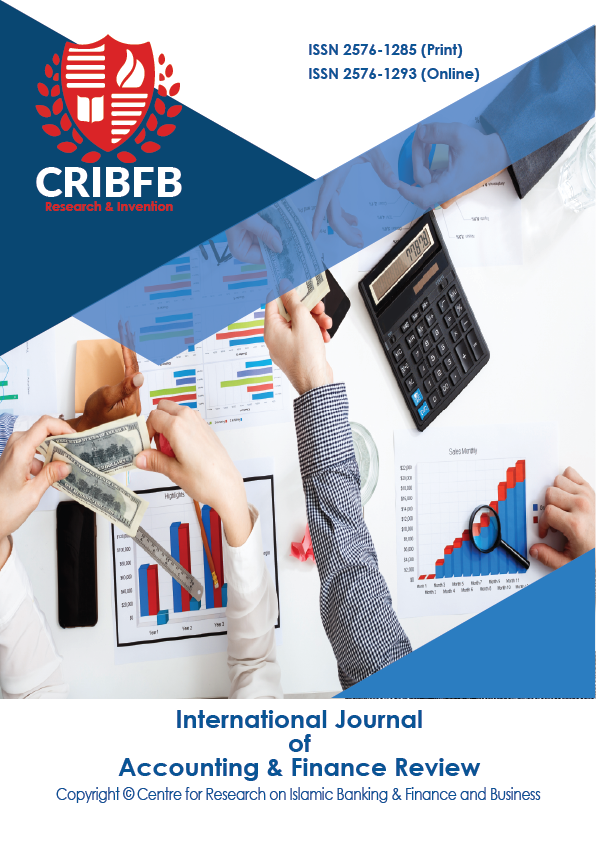Stock Market Efficiency in the Time of COVID-19: Evidence from Industry Stock Returns
Main Article Content
Abstract
Using industry portfolios as test assets and a battery of statistical tests, we study if the informational efficiency of stock prices has declined after the COVID-19 crisis began. The results suggest that the predictability of stock returns in some industries has increased during the COVID-19 period. Markets appear to have become less informationally efficient during the COVID-19 crisis.
JEL Classification Code: C58, G01, G10, G14.
Downloads
Article Details
Section
How to Cite
References
Al-Awadhi, A. M., Al-Saifi, K., Al-Awadhi, A., & Alhamadi, S. (2020). Death and contagious infectious diseases: Impact of the COVID-19 virus on stock market returns. Journal of Behavioral and Experimental Finance, 100326.
Ali, M., Alam, N., & Rizvi, S. A. R. (2020). Coronavirus (COVID-19)–An epidemic or pandemic for financial markets. Journal of Behavioral and Experimental Finance, 100341.
Bartels, R. (1982). The rank version of von Neumann's ratio test for randomness. Journal of the American Statistical Association, 77(377), 40-46.
Donadelli, M., Kizys, R., & Riedel, M. (2017). Dangerous infectious diseases: Bad news for Main Street, good news for Wall Street?. Journal of Financial Markets, 35, 84-103.
Fortune, P. (1991). Stock market efficiency: an autopsy?.New England Economic Review, 17-40.
Haroon, O., & Rizvi, S. A. R. (2020). COVID-19: Media coverage and financial markets behavior—A sectoral inquiry. Journal of Behavioral and Experimental Finance, 100343.
Hong, H., Torous, W., & Valkanov, R. (2007). Do industries lead stock markets?. Journal of Financial Economics, 83(2), 367-396.
Kavussanos, M. G., & Dockery, E. (2001). A multivariate test for stock market efficiency: the case of ASE. Applied Financial Economics, 11(5), 573-579.
Kim, J. H. (2009). Automatic variance ratio test under conditional heteroskedasticity. Finance Research Letters, 6(3), 179-185.
Ljung, G. M., & Box, G. E. (1978). On a measure of lack of fit in time series models.Biometrika, 65(2), 297-303.
Mookerjee, R., & Yu, Q. (1999). An empirical analysis of the equity markets in China. Review of Financial Economics, 8(1), 41-60.
Urquhart, A. (2016). The inefficiency of Bitcoin. Economics Letters, 148, 80-82.
Wald, A., & Wolfowitz, J. (1940). On a test whether two samples are from the same population. The Annals of Mathematical Statistics, 11(2), 147-162.
Weron, R. (2002). Estimating long-range dependence: finite sample properties and confidence intervals. Physica A: Statistical Mechanics and its Applications, 312(1-2), 285-299.
Zhang, D., Hu, M., & Ji, Q. (2020). Financial markets under the global pandemic of COVID-19. Finance Research Letters, 101528.




